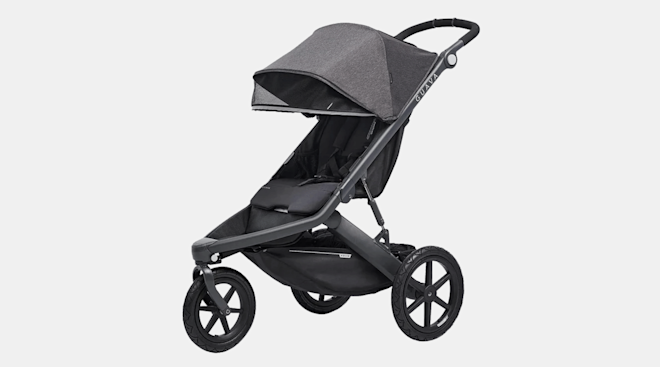What Parents Need to Know About the New Drowning Prevention Guidelines
As warmer weather is slowly but surely creeping up on us, the American Academy of Pediatrics (AAP) has updated its swim safety guidelines to help families decrease the risk of a drowning-related accident.
Drowning is the leading cause of injury death in the US for children ages 1 to 4 and the third leading cause of unintentional injury death for kids ages 5 to 19, according to the CDC. Infants are most likely to drown in bathtubs or buckets, while preschoolers are most likely to drown in swimming pools. To combat this, the new recommendations call for little ones to start swimming lessons when they are as young as one year old. Additionally, youngsters should always be sporting a Coast Guard-approved life jacket at all times when in water.
But even swimming lessons aren’t a full-proof way to prevent drowning accidents. The tragedies usually occur when kids aren’t expected to be around water. Ever-curious, you never know where a little one will wander to when you turn your head for a second, but a constant level of supervision isn’t always realistic. Other strategies, such as fences around pools or locks, add an extra level of precaution.
Along with putting up a four-sided fence around a backyard pool, parents are also advised to never leave children alone in the bathroom or near open bodies of water. Additionally, whenever a young child is in water, an adult who knows how to swim should always be within an arm’s length distance from them to provide “touch supervision.”
Summer is on the horizon, and that means lots of quality family time beachside or by the pool. Be sure to practice these swim guidelines at all times to ensure a happy and safe summer vacation. Interested in signing baby up for swim classes? Here’s everything you need to know about what to consider when choosing a class and what you can do to make it smooth sailing from baby’s very first dip in the pool.
Please note: The Bump and the materials and information it contains are not intended to, and do not constitute, medical or other health advice or diagnosis and should not be used as such. You should always consult with a qualified physician or health professional about your specific circumstances.
Navigate forward to interact with the calendar and select a date. Press the question mark key to get the keyboard shortcuts for changing dates.




















































